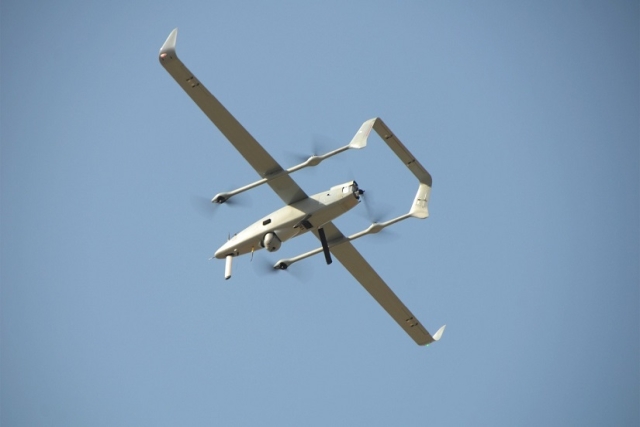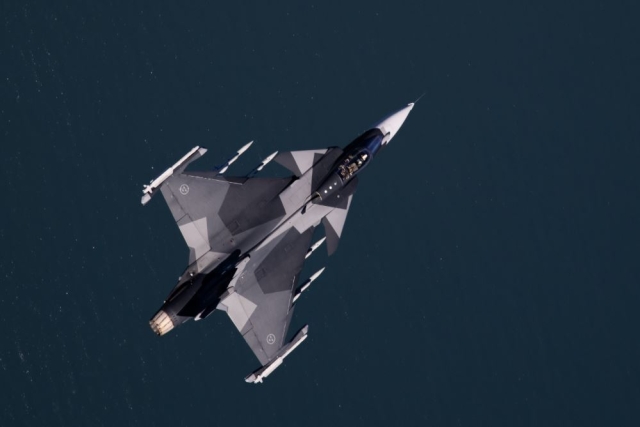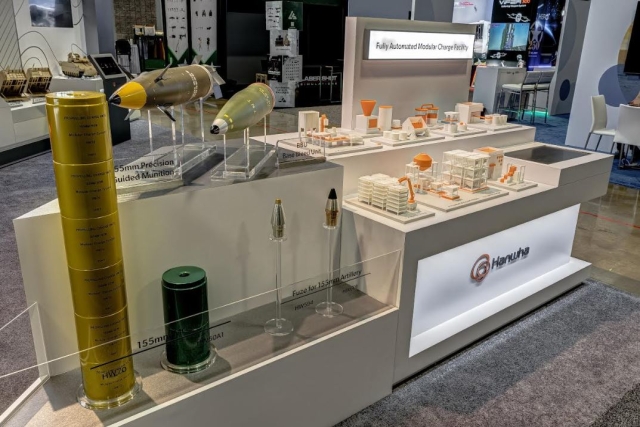Pratt & Whitney Submits Proposal For New F-35 Fighter Engines
Pratt & Whitney has submitted its proposal for the next two lots of F-35 joint strike fighter engines to the Pentagon, expecting to reach an agreement in the first quarter of 2014.
The proposal for low-rate initial production (LRIP) lots 7 and 8 of the F135 engine was submitted to the F-35 Joint Program Office (JPO) on Sept. 24, less than a month after the company announced a tentative agreement with the JPO on engine lot 6, Bennett Croswell, Pratt’s president of military engines was quoted as saying Defense News.
“We really want to work with the JPO to negotiate those two concurrently and get an agreement on that by the end of the first quarter,” Croswell added. “Then we’ll be positioned to have a more regular tempo of the LRIP proposals.”
While the final agreement on LRIP-6 has not been announced, the costs per engine for the conventional-takeoff-and-landing engines used in the F-35A and F-35C models dropped 2.5 percent between LRIP-5 and LRIP-6, according to Croswell. He said costs for the short-takeoff-and-vertical-landing (STOVL) F-35B model dropped by 9.6 percent.
The company expects to see a similar cost reduction when it negotiates the next batch of engines, although Croswell cautioned that estimating reductions for the STOVL engine is difficult due to the small quantities being purchased, according to the report.
Lockheed Martin, which negotiates the purchases of the fifth-generation fighters independently of Pratt, announced Friday it had reached final agreement with the JPO on LRIP-6 and LRIP-7 as part of a joint package. Final agreement on Pratt’s LRIP-6 will likely come in the next few weeks.
The key to that configuration is a three-stream fan, which the company bills as the first in a military engine. Current military engines rely on a two-stream design, with one stream of air moving through the core of the engine and a second bypassing it. Adding a third stream should lead to increased fuel efficiency, as well as a cool stream of air for thermal management.
For the F-35, putting in this new design could give pilots flexibility on how to operate the fighter. The engine could provide capability for extra thrust, or it could reduce the flow to get better fuel economy.
The Air Force Research Laboratory (AFRL) began doing tests on the three-stream technology at its Dayton, Ohio, facility this month.
The company is keeping an eye on what requirements could be to power future “sixth-generation” platforms, including eventual replacements for the Navy’s F/A-18 and the Air Force’s F-22.
Croswell highlighted thermal management and the ability to generate extra power as two other priorities for the sixth-generation engine.
While developing new engine technologies, Pratt will also deliver the first KC-46 engine, a slightly modified commercial 767 engine, for the tanker replacement program in November, the report added.









